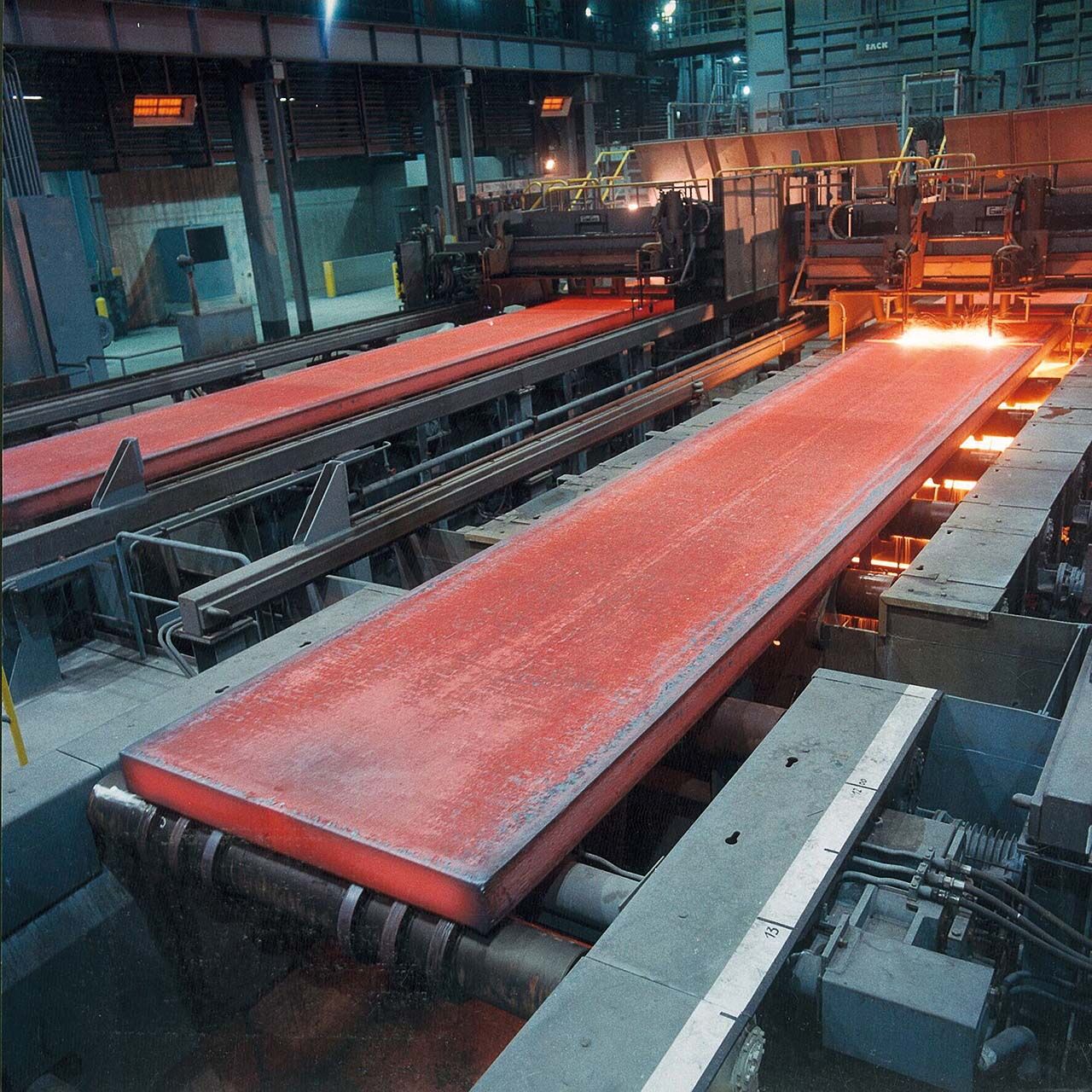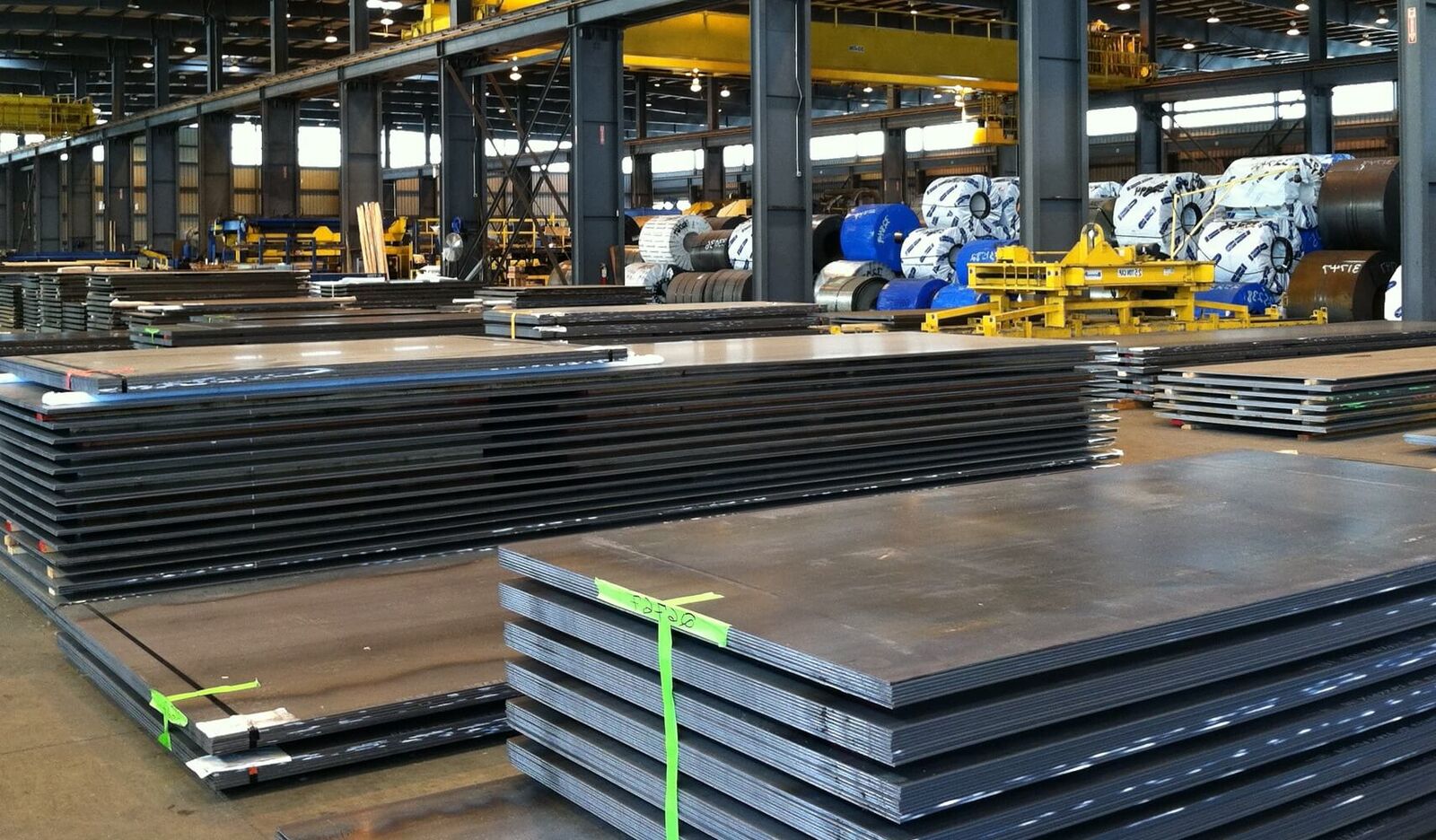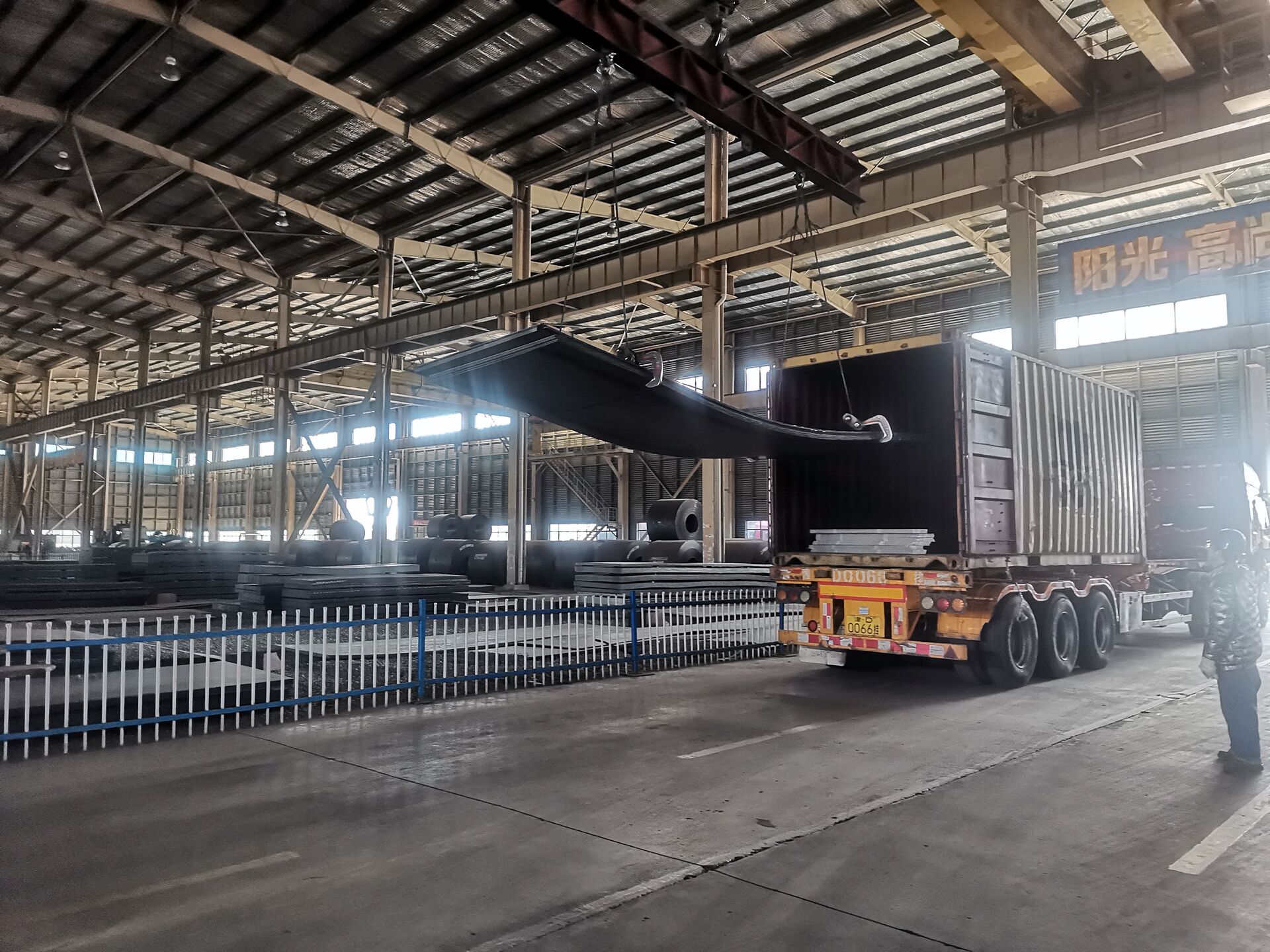PRODUCTS
PRODUCTS
HOT PRODUCTS
If You Need Any Help Contact With Us
Can't find what you're looking for ?
Leave a Message we will call you back quickly!
The company has sufficient inventory and can be picked up at any time.
Product Description
Hot-dip galvanized pipe is to make the molten metal react with the iron matrix to produce an alloy layer, so that the matrix and the coating are combined. Hot-dip galvanizing is to pickle the steel pipe first. In order to remove the iron oxide on the surface of the steel pipe, after pickling, it is cleaned in the tank of ammonium chloride or zinc chloride aqueous solution or mixed aqueous solution of ammonium chloride and zinc chloride, and then sent to the in the hot dip bath. Hot-dip galvanizing has the advantages of uniform coating, strong adhesion and long service life. The hot-dip galvanized steel pipe substrate undergoes complex physical and chemical reactions with the molten plating solution to form a corrosion-resistant zinc-iron alloy layer with a compact structure. The alloy layer is integrated with the pure zinc layer and the steel pipe substrate, so it has strong corrosion resistance.
Production process of galvanized steel pipe:
Clarinet—alkali cleaning—water washing—pickling—water rinsing—soaking aid—drying—hot dip galvanizing—outside blowing—inside blowing—air cooling—water cooling—passivation - water rinsing - inspection - weighing - storage.
Shanganglian's steel products will be inspected before they leave the warehouse to provide customers with high-quality steel products and ensure quality.
How to remove rust from galvanized steel pipe?
Galvanizing is divided into hot galvanizing and cold galvanizing. Hot galvanizing is not easy to rust, and cold galvanizing is easier to rust.
1. First, use a solvent to clean the surface of the steel to remove the organic matter on the surface.
2. Then use tools to remove rust (wire brush), remove loose or inclined rust, welding slag, etc.,
3. Use pickling method.
Why try to avoid galvanized steel pipes as water supply pipes?
Galvanized pipes are used as water pipes. After several years of use, a large amount of rust and scale will be generated in the pipes. The yellow water flowing out will not only pollute the sanitary ware, but also be mixed with bacteria that grow on the rough inner wall. The rust will cause excessive heavy metal content in the water, which will seriously endanger human health.
Current national standards for galvanized steel pipes:
GB/T3091-2015 Welded steel pipes for low-pressure fluid transportation
GB/T13793-2016 straight seam electric welded steel pipe
GB/T21835-2008 Welded steel pipe dimensions and weight per unit length
Shanganglian steel production fully meets the national standards. The core advantage is to provide customers with high-quality steel, establish a high-quality brand in the steel industry, and establish long-term cooperative relationships with customers.
Product Display

Product Categories
Galvanized pipe, also known as galvanized steel pipe, is divided into hot-dip galvanized and electro-galvanized. The hot-dip galvanized layer is thick, the coating is uniform, the adhesion is strong, and the service life is long. The cost of electroplating is low, the surface is not smooth, and the corrosion resistance is worse than that of hot-dip galvanized pipe. Galvanized pipes include galvanized round pipes, galvanized square pipes, galvanized seamless pipes, galvanized welded pipes, etc.
Applications
Application of galvanized steel pipe
Galvanized pipes are widely used. In addition to being used as pipeline pipes for general low-pressure fluids such as water, gas, and oil, they are also used as oil well pipes and oil pipelines in the petroleum industry, especially offshore oil fields, and oil heaters and condensation pipes for chemical coking equipment. Pipes for coolers, coal distillation washing oil exchangers, trestle piles, and support pipes for mine tunnels, etc. Widely used in construction, machinery, coal mines, chemicals, electric power, railway vehicles, automobile industry, highways, bridges, containers, sports facilities, agricultural machinery, petroleum machinery, prospecting machinery, greenhouse construction and other manufacturing industries.

Product Package

Certificate Display
Factory Show
Message
Related Products
Chat Online
Conact Us For uotation
























